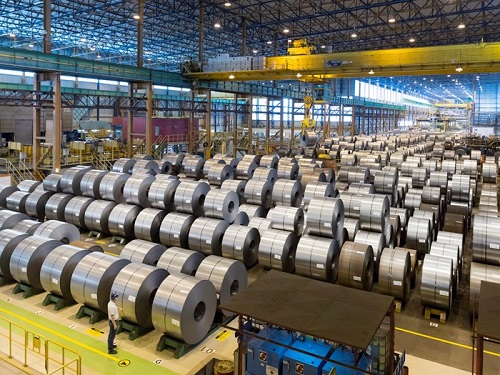 Tuesday, October 1, 2024
Tuesday, October 1, 2024  Tuesday, October 1, 2024
Tuesday, October 1, 2024 
Contrary to popular belief, a profitable business model for reused construction steel is not nearly as impossible as one may believe.
Steelmakers have almost perfected the “recycle” element of the four hierarchical elements of the circular economy — reduce, reuse, remanufacture and recycle — with steel recycling rates of almost 90 percent.
Despite the recycling success, however, the steel industry is increasingly facing pressure to decarbonize. Recycling steel is still both energy- and cost-intensive, and both steelmakers and their customers must go further to reduce environmental impacts. One way to do this is to shift to a reuse model.
Simultaneously, the built environment is working on lowering the embodied carbon of buildings — emissions from the manufacture of building materials — which make up about 11 percent of total global emissions. With steel being a main contributor to embodied carbon in buildings, one approach — the reuse of steel from older buildings in new construction projects — has gained attention, yet the supply of reused construction steel remains low.
The practice of steel reuse is not new. For example, the industry has reused train rails and automotive components for decades, but reusing construction steel poses unique challenges. Experts in the steel industry view the barriers to a profitable reused construction steel model as insurmountable. Even if they are not, who are the main players in this new circular supply chain?
In particular, is there even a role for a primary steel producer? How will steelmakers adapt their supply chains, manage storage and validate the steel quality? If steelmakers are involved, can this new business model create shareholder value without cannibalizing new steel sales?
Our team of four graduate students at the Yale School of the Environment tackled these questions as part of a consulting clinic course and developed one potential business model for our “client,” ArcelorMittal, one of the world’s largest steel producers. Dubbed the “Steel Buyback Bundle Program,” the proposed model we developed on its behalf would enable steelmakers to offer reused construction steel profitably.